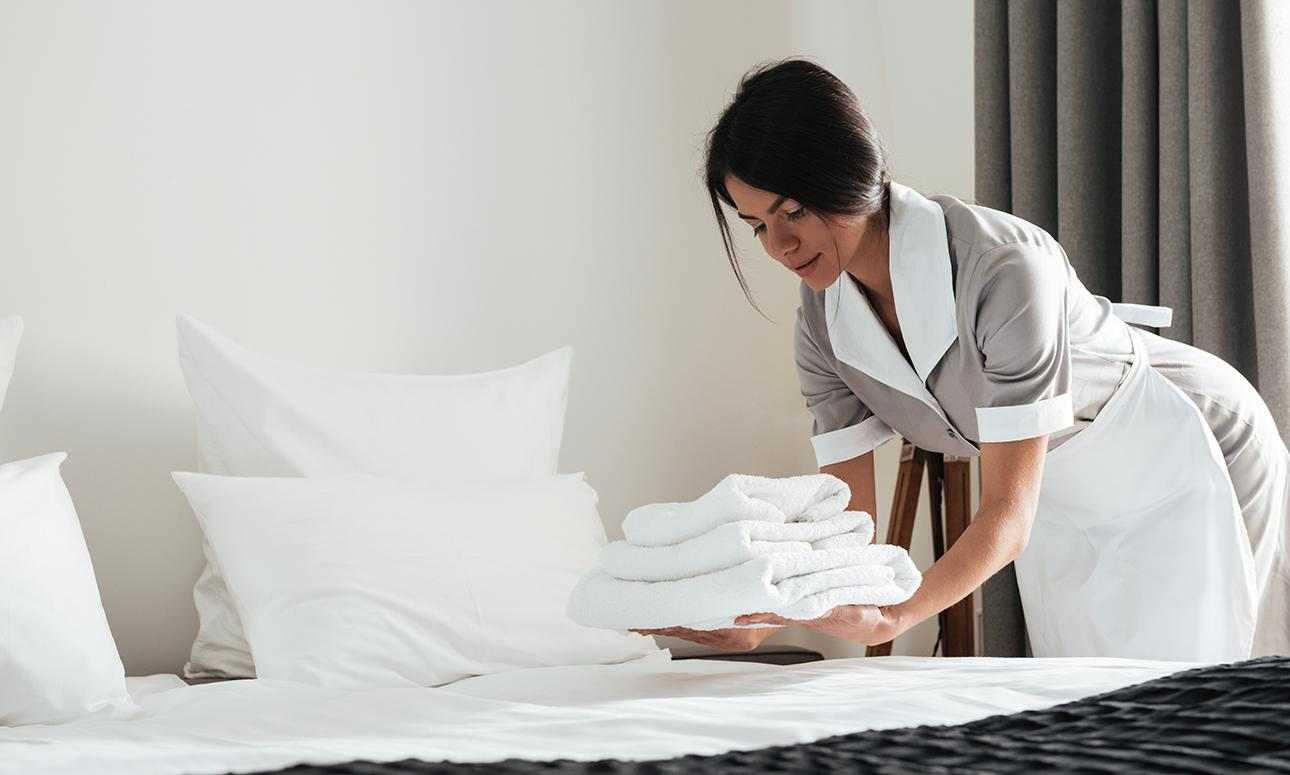Effective stain removal process can only be performed once we understand the characteristic of various soils, stains, its solubility and the source it has been originated.
The definition of a stain is any residue, spot or discoloration that appears on a fabric after it has been laundered and finished. Stains may be visible on the fabric before washing, only after washing and finishing. A potential staining material on a fabric may not become a visible stain until till it comes in contact with various materials like, alkali, oxidizing agent or the heat. Stains also may be caused by accidental dripping of laundry products directly onto the fabric during or at the end of the wash formula.
Most of the stains are typical to particular industries. Example, Hospital laundries have different types of stains than a hotel. Likewise, a facility with a restaurant will encounter other types of stains. Fresh stains are easier to remove from a fabric than aged or set stains. Heat will not only set some type of stains, but will drive the staining material deeper in the fibers of the yarns.
Stain categories based on different soil
Water soluble soils
Water soluble soil could be organic or inorganic is the easiest to remove since it can be dissolved and dispersed by the action of water alone. Removal is enhanced by mechanical action. Examples are sugar, starch, blood, and other protein substances.
Acid soils
Most acid soils are from human waste or food products. These are easily removed by using alkaline materials. The stains are neutralized to make them more soluble.
Enzyme reactive soil
Not all enzymes are identical in the type of soil they will react with. Types of enzymes used in laundering are either protease (reacts with protein soils), lipase (reacts with natural oil soils), or amylase (reacts with starches).
Emulsifiable soil
Mineral oils and greases must be removed through the action of the alkali and surfactant. The soil is broken into very small particles that are surrounded by the emulsifying agent. Emulsifiable soil is composed of hydrocarbons such as mineral oil and petroleum based products.
Particulate soil
Particulate stains will not dissolve in water or react with any cleaning chemical. They must be removed by mechanical action and breaking soil soils and into smaller particles. Examples of particulate soil would be floor dirt, carbon etc.
Oxidizing soil
Chlorine and oxygen bleaches are the standard oxidizers used in the laundry application. Oxidizing stains include some dyes and bacteria/mold. Mildew falls within the same classification.
Reducible soil
Certain stains that cannot be oxidized can be reduced which gives very similar de-colorizing the stains. Various dyes and iron are examples of reducible stains.
Saponifiable soil
Natural fats (animal and vegetable) can be removed by a method known as saponification. These fats react with the alkalis used in the high temperature washing process to form soaps that are more water soluble than the fats and oils.
Identifying the nature of the soil is the first step when it comes to managing different types of fabric stains. A wide range of soil stain can be addressed using the Clax Magic Kit.


